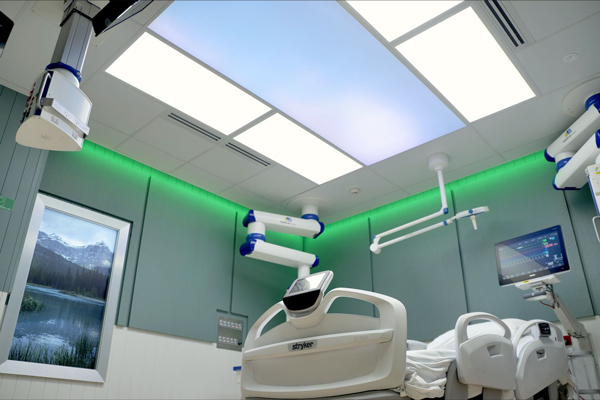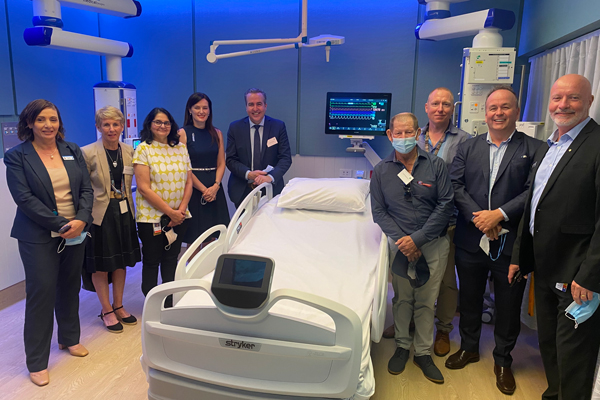The Prince Charles Hospital debuts world-first ICU of the future
A world-first ‘ICU of the Future’ pilot has been launched at The Prince Charles Hospital (TPCH), redesigning the intensive care environment to be more patient-centric and recovery focussed.
The collaborative project has seen Metro North Health, The Critical Care Research Group (CCRG), The Common Good, Queensland Technology Future Fund, Queensland Health and Queensland Motor Vehicle Accident Insurance Commission join forces to combat design and noise pollution challenges which may impact recovery in the ICU environment.
Under the pilot project, which will start with a two-bed trial, patients will benefit from reduced noise levels, a more natural light cycle to give patients a clearer sense of time and enhance circadian rhythm, and increased connectivity utilising technology for patients and their loved ones.
TPCH Executive Director Tami Photinos said the world-first model was born out of five years of research and discussions with patients to improve their experience, followed by an extensive fundraising campaign driven by The Common Good and supported by Queensland Government funding.
“Our CCRG team and The Prince Charles Hospital staff spoke widely with patients on challenges within the existing ICU model – which can be noisy, disruptive and very clinical – leading to poorer quality sleep, and even instances of delirium and PTSD,” Ms Photinos said.
“In the average ICU, one patient will have an alarm going off every 80 seconds, at its lowest sound level of 60 decibels, which is the equivalent of a busy freeway – on average they’ll only get about three hours of sleep a night.
“By simply reconfiguring the space to reduce alarm noise and move alarm location, and implement white noise technology, sound-proofing and a personalised speaker system next to the patient’s head, we can improve this sound quality and also create a more relaxing environment for patient recovery.”
Other features include a circadian rhythm automatic lighting system to mimic day to night, and artificial skylights and windows which provide moving nature scenes with sound, as well as individual rooms with high-quality sound-proof doors.
Heart transplant patient Bec Craven shaped the design features and key elements as part of the consultation process, following her two stays in the ICU.
“Hopefully in my years I’m not back in the ICU, but if I do have to be here, this is definitely where I would want to stay,” she said.
The two-bed pilot will take its first patients this month and will be reassessed within 12 months, with scope for tweaks based on patient feedback and expansion of the ICU of the Future roll-out.

The world first ICU of the Future

Launching the new ICU of the Future
